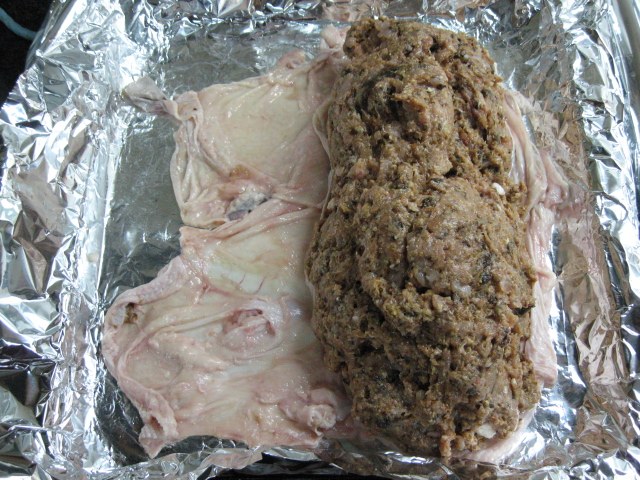Aluminum foil is a thin aluminum sheet, whose thickness can vary from 6 to 200 micron. Food foil usually has a matte and glossy side. Often when using foil, the question arises: which side of foil should touch with food, and which side should be outside? To answer this question it is advisable to get acquainted with manufacturing techniques of the foil.
In the first stage, molten aluminium is passed through the shaft with a aluminum tape, thickness of which is approximately 1 centimeter; In a second step the obtained aluminum tape repeatedly passed through rotating shafts (as long as the thickness of the strip will not be required values). The third stage consists in passing an aluminum strip of the desired thickness through the last trees. At small thickness of the foil becomes softer, and to prevent damage, two the aluminum strip is passed through the shafts at the same time. When this outer layer of both surfaces are polished by contact with shafts and inner surfaces are matte.
The final stage consists of the process of unwinding the finished strips and the subsequent cutting according to the specified sizes.
On the basis of manufacturing techniques of foil, it can be concluded that differences in composition of the two sides of the foil there. Therefore, the use of matte and glossy sides are equally acceptable for use inside and outside.
There is a perception that the glossy side, because of its physical nature, is more reflective than matte (the difference is about 10%). For long cooking process at high temperatures the difference in reflectivity of matte and glossy sides of the foil are not significant and, accordingly, hardly noticeable. However, for faster cooking at small temperatures it is recommended placing food on the glossy side, the matte surface of the foil remained outside. Therefore, when putting some foil on a baking sheet, it is placed matte side down, and prepared products are placed on the glossy side.
The technology of manufacturing the foil
In the first stage, molten aluminium is passed through the shaft with a aluminum tape, thickness of which is approximately 1 centimeter; In a second step the obtained aluminum tape repeatedly passed through rotating shafts (as long as the thickness of the strip will not be required values). The third stage consists in passing an aluminum strip of the desired thickness through the last trees. At small thickness of the foil becomes softer, and to prevent damage, two the aluminum strip is passed through the shafts at the same time. When this outer layer of both surfaces are polished by contact with shafts and inner surfaces are matte.
The final stage consists of the process of unwinding the finished strips and the subsequent cutting according to the specified sizes.
On the basis of manufacturing techniques of foil, it can be concluded that differences in composition of the two sides of the foil there. Therefore, the use of matte and glossy sides are equally acceptable for use inside and outside.
Please note
There is a perception that the glossy side, because of its physical nature, is more reflective than matte (the difference is about 10%). For long cooking process at high temperatures the difference in reflectivity of matte and glossy sides of the foil are not significant and, accordingly, hardly noticeable. However, for faster cooking at small temperatures it is recommended placing food on the glossy side, the matte surface of the foil remained outside. Therefore, when putting some foil on a baking sheet, it is placed matte side down, and prepared products are placed on the glossy side.
